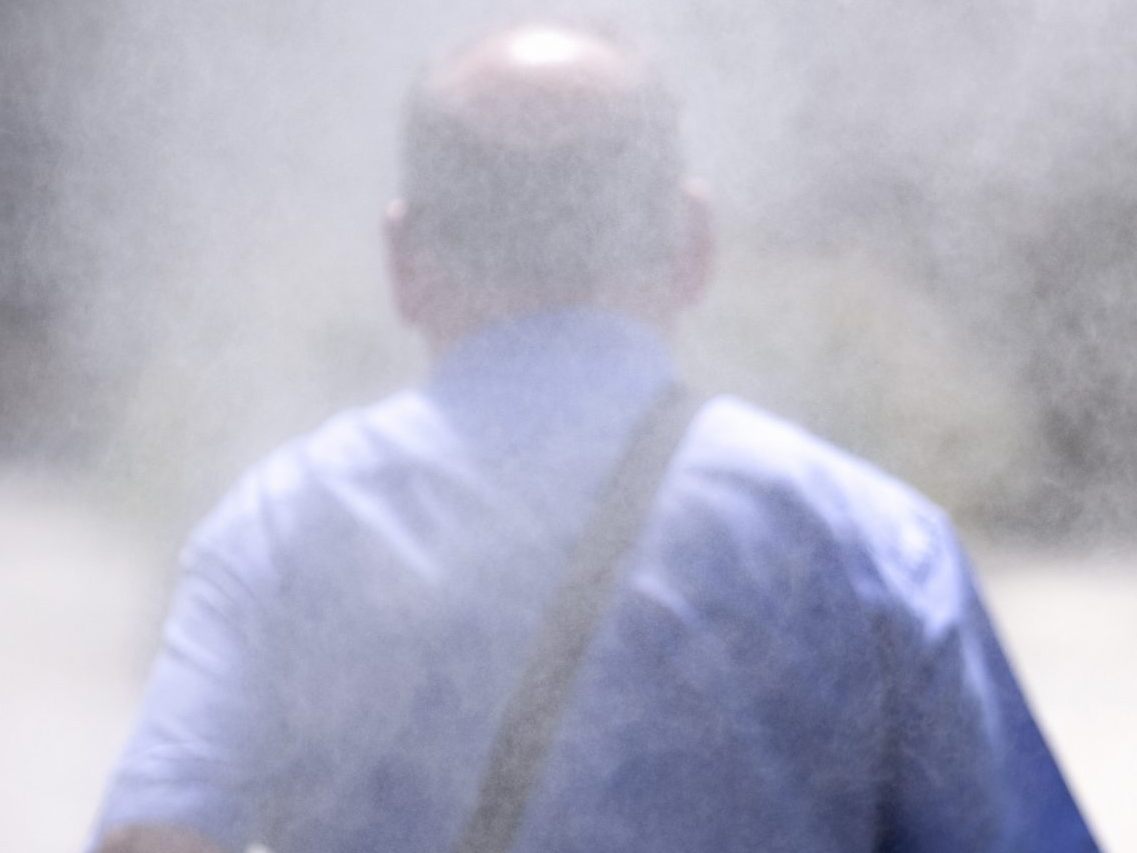These Measures Help Against Heat Stress in Vienna

As part of the "Sensus" project, the research group analyzed the effects of different adaptation measures under future climate scenarios using high-resolution urban climate models. As reported in a statement on Monday, not only temperature, humidity, and wind were included in the calculations, but also the construction, topographical features, and land use.
Ten Percent Fewer Heat Days Possible Through Measures Against Heat Stress in Vienna
For a densely built-up urban area in Vienna, AIT simulated the effects of measures such as tree planting, de-sealed parking lots, green roofs and facades, light paving stones, and mist showers using a microclimate model with a two-meter resolution. The result: Under the assumed conditions, nature-based measures cooled the surroundings locally by up to two degrees Celsius - comparable to a height difference of around 300 meters. Trees and de-sealing were particularly effective.
Geosphere Austria then applied these results to the entire city. According to urban climate expert Maja Zuvela-Aloise, comprehensive implementation could reduce heat days in Vienna by more than ten percent. "The results clearly show that nature-based and realistically implementable solutions can significantly mitigate the effects of climate warming," she emphasized. In the climate period from 1991 to 2020, densely built-up districts of Vienna recorded an average of 78 summer days (at least 25 degrees) and 24 heat days (at least 30 degrees) per year.
(APA/Red)
This article has been automatically translated, read the original article here.





